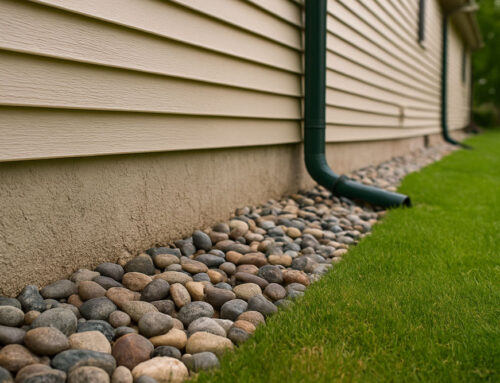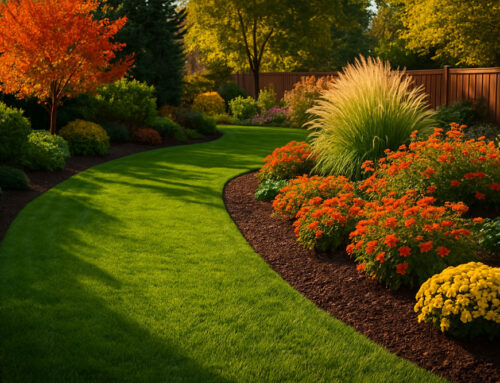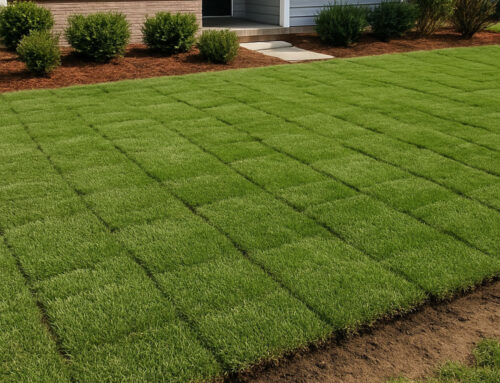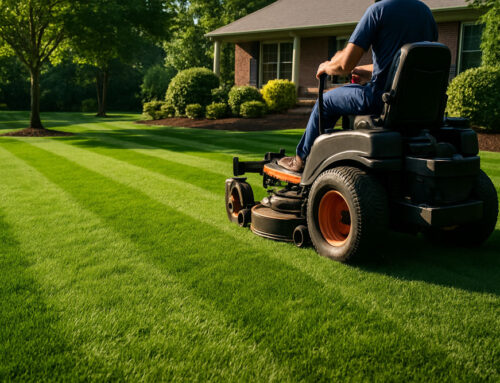Mulching in the fall may seem like a minor task, but it plays a major role in the long-term health and appearance of your landscape. At Hardscape & Landscape By Design, we emphasize fall mulching because it protects your soil, supports plant life, and sets the stage for a vibrant spring.
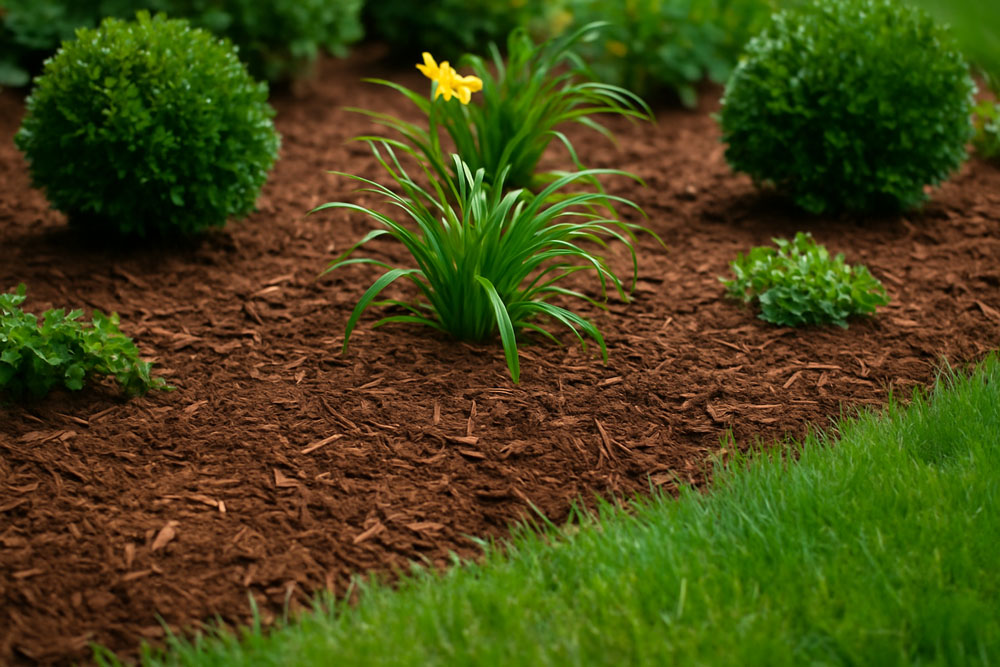
One of the primary benefits of fall mulching is insulation. As temperatures drop in Eastern North Carolina, mulch acts as a protective blanket over your soil. It buffers sudden temperature swings that can damage root systems. This is especially important for young shrubs, perennials, and shallow-rooted plants that are vulnerable to freeze-thaw cycles.
Fall mulch also retains soil moisture during the dry, windy months. While irrigation tends to slow down in the cooler seasons, plants still need water to survive. Mulch helps hold moisture in the soil, reducing evaporation and protecting roots from drying out during cold snaps.
Another advantage is weed suppression. By covering bare ground with mulch in the fall, you create a barrier that prevents weed seeds from germinating in early spring. This means less maintenance and healthier beds when the growing season returns. It also gives ornamental plants more room and nutrients to thrive without competition.
As mulch breaks down over the winter, it enriches the soil with organic matter. This slow release of nutrients improves soil structure, supports beneficial microbial life, and prepares your beds for spring planting. Whether you’re using hardwood, pine bark, or dyed mulch, the key is consistent coverage and proper depth—usually around 2 to 3 inches.
We also use fall mulching as an opportunity to refresh the appearance of landscape beds. Faded or scattered mulch from the summer heat can make even the best-maintained yard look neglected. A fresh layer of mulch provides a clean, polished look that frames plants and hardscapes beautifully throughout the cooler months.
Color matters, too. We help clients choose mulch tones that enhance their overall landscape design—whether that’s a deep brown to contrast vibrant evergreens or a rich black to highlight stone pathways and lighting features. Mulch isn’t just functional—it’s a finishing touch that makes your landscape feel complete.
Timing is key when it comes to fall mulching. We recommend mulching after your final seasonal cleanup, once leaves have been cleared and beds have been edged. This gives the mulch maximum visibility and prevents it from being buried or disturbed. It also allows your landscape to maintain a well-maintained look deep into winter.
Fall mulching is also important for erosion control. Autumn storms and winter rains can wash away exposed soil. Mulch anchors that soil in place, reducing runoff and protecting root zones from being exposed or damaged. This is especially critical for sloped yards or properties with newly installed plantings.
Insects and pests are another reason to mulch smartly. By keeping mulch a few inches away from the base of plants and home foundations, we discourage nesting while still giving roots the protection they need. Proper spacing also prevents rot and improves air circulation.
We offer mulching services as part of our seasonal maintenance plans, ensuring that it’s done correctly and on schedule. We only use quality materials that support plant health, resist compaction, and maintain visual appeal longer than store-bought mulch.
Ultimately, fall mulching is a small investment with major returns. It’s about protecting the time, money, and effort you’ve already put into your landscape—while ensuring that everything emerges stronger and healthier in the spring.
Contact Hardscape & Landscape By Design at (910) 650-3632 or visit our Facebook page for more information.
#FallMulching #SpringReadyLandscape #HealthySoil

